Home>Gardening & Outdoor>Landscaping Ideas>What Base To Use For Artificial Grass
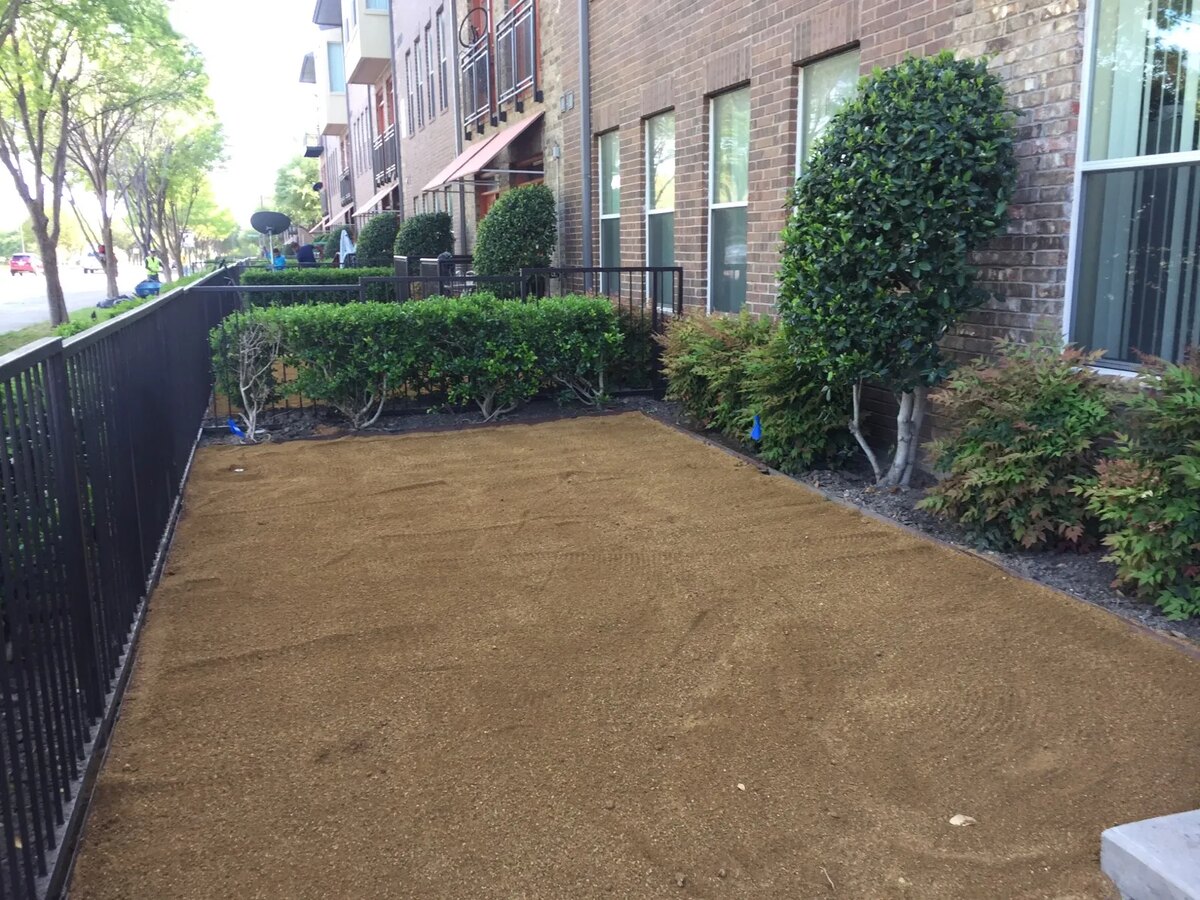

Landscaping Ideas
What Base To Use For Artificial Grass
Modified: March 28, 2024
Discover the best base for artificial grass with our expert landscaping ideas. Create a perfect foundation for your artificial turf installation.
(Many of the links in this article redirect to a specific reviewed product. Your purchase of these products through affiliate links helps to generate commission for Storables.com, at no extra cost. Learn more)
Introduction
When it comes to installing artificial grass, choosing the right base is crucial for ensuring a long-lasting and visually appealing result. The base serves as the foundation for the artificial turf, providing stability, proper drainage, and a level surface for the grass to thrive. Understanding the different types of bases available and their unique characteristics can help you make an informed decision that aligns with your specific landscaping needs.
In the following sections, we will explore various base options for artificial grass, including natural soil, crushed rock base, concrete base, and aggregate base. Each option offers distinct advantages and considerations, and by delving into their features, you can gain valuable insights into selecting the most suitable base for your artificial grass installation project.
Whether you are a homeowner looking to revamp your outdoor space or a landscaping professional seeking to optimize the durability and aesthetics of artificial turf, the information presented here will serve as a comprehensive guide to assist you in making an informed decision. Let's delve into the world of artificial grass bases and uncover the key factors that can elevate your landscaping endeavors to new heights.
Key Takeaways:
- Choose the Right Base for Artificial Grass
Selecting the right base for artificial grass is crucial for stability, drainage, and longevity. Consider options like crushed rock for excellent drainage and stability, or concrete for unparalleled durability and customization. - Natural Soil May Need Amendments
While natural soil can be used as a base for artificial grass, it may require amendments for proper drainage and stability. Consider carefully evaluating the soil’s composition, drainage, and levelness before installation.
Read more: What Gravel To Use For A Patio Base
Natural Soil
Natural soil, as the name suggests, refers to the existing soil in your outdoor space where you intend to install artificial grass. While using natural soil as a base for artificial turf may seem convenient, there are several factors to consider before opting for this option.
One of the primary considerations when using natural soil as a base for artificial grass is the soil's drainage capacity. Proper drainage is essential to prevent water from pooling on the surface, which can lead to issues such as mold growth and unpleasant odors. Therefore, it is crucial to assess the natural soil's drainage capabilities and make any necessary amendments to ensure optimal water flow.
Additionally, the composition of the natural soil plays a significant role in determining its suitability as a base for artificial grass. Soil that is too compacted or prone to erosion may not provide the ideal foundation for the turf. In such cases, it may be necessary to introduce amendments, such as sand or organic matter, to improve the soil structure and stability.
Furthermore, the levelness of the natural soil is a critical factor to consider. Uneven surfaces can result in an uneven artificial grass installation, leading to an unsightly and potentially hazardous landscape. Therefore, thorough leveling and preparation of the natural soil are essential to create a smooth and uniform base for the artificial turf.
While natural soil can serve as a base for artificial grass in certain scenarios, it is important to recognize its limitations and the potential need for soil amendments and preparations to ensure a successful installation. By carefully evaluating the drainage, composition, and levelness of the natural soil, you can make informed decisions regarding its suitability as a base for artificial grass, ultimately contributing to the longevity and visual appeal of your outdoor space.
Crushed Rock Base
A crushed rock base is a popular choice for installing artificial grass, offering a range of benefits that contribute to the durability and longevity of the synthetic turf. This type of base comprises compacted crushed stone, typically featuring a blend of various rock materials. The use of crushed rock as a base for artificial grass presents several advantages that make it a preferred option for many landscaping projects.
One of the key benefits of a crushed rock base is its exceptional drainage properties. The porous nature of crushed rock allows water to permeate through the base, preventing water accumulation and promoting efficient drainage. This is particularly advantageous in areas prone to heavy rainfall or irrigation, as it helps maintain the integrity of the artificial grass by minimizing water-related issues such as mold growth and surface runoff.
Furthermore, a crushed rock base provides excellent stability and support for the artificial turf. When properly compacted, the crushed rock creates a solid foundation that helps prevent uneven settling and shifting of the synthetic grass over time. This stability is essential for maintaining a level surface and ensuring the longevity of the artificial grass, especially in high-traffic areas where consistent support is paramount.
In addition to its functional benefits, a crushed rock base offers superior weed prevention compared to natural soil bases. The compacted nature of the rock material inhibits weed growth, reducing the need for ongoing maintenance and weed control efforts. This contributes to a low-maintenance landscape, allowing homeowners and landscaping professionals to enjoy the aesthetic appeal of artificial grass without the hassle of frequent weed management.
When considering a crushed rock base for artificial grass installation, it is important to assess the quality and composition of the crushed rock materials. Opting for high-quality crushed rock that is free from contaminants and debris is essential for achieving optimal results. Additionally, proper compaction techniques and thorough preparation of the base are crucial to ensure a solid and uniform foundation for the artificial turf.
In summary, a crushed rock base offers exceptional drainage, stability, and weed prevention, making it a favorable choice for artificial grass installations. By leveraging the benefits of a well-prepared crushed rock base, homeowners and landscaping professionals can create resilient and visually appealing landscapes that stand the test of time.
When choosing a base for artificial grass, consider using a compacted aggregate base, such as crushed rock or decomposed granite. This will provide a stable and permeable foundation for the turf.
Concrete Base
A concrete base serves as a robust and enduring foundation for artificial grass installations, offering unparalleled stability and longevity. This type of base involves the use of concrete, a composite material composed of cement, water, and aggregates such as sand and gravel. The utilization of a concrete base presents distinct advantages that make it a compelling choice for landscaping projects seeking durability and structural integrity.
One of the primary benefits of a concrete base is its exceptional durability and resistance to environmental elements. Concrete exhibits remarkable strength and resilience, capable of withstanding heavy loads and enduring various weather conditions without compromising its structural integrity. This durability ensures that the artificial grass installed on a concrete base remains steadfast and level, even in high-traffic areas or adverse weather scenarios.
Moreover, a concrete base offers superior support and stability for the artificial turf, minimizing the risk of uneven settling or shifting over time. The solid nature of concrete provides a reliable foundation that promotes a uniform and level surface for the synthetic grass, contributing to a visually appealing and professional-looking landscape.
In addition to its durability and stability, a concrete base facilitates efficient drainage, preventing water accumulation and promoting proper water flow away from the surface. This is particularly advantageous in areas prone to heavy rainfall, as it helps mitigate water-related issues and ensures the longevity of the artificial grass by maintaining optimal drainage conditions.
When considering a concrete base for artificial grass installation, it is essential to adhere to proper installation practices and ensure thorough preparation of the base. This includes accurately leveling the concrete surface and addressing any potential drainage concerns to create an ideal foundation for the synthetic turf.
Furthermore, the versatility of concrete allows for customization and integration of additional features, such as curbing or edging, to enhance the overall aesthetics and functionality of the landscape. This flexibility enables homeowners and landscaping professionals to tailor the concrete base to meet specific design preferences and functional requirements, further elevating the visual appeal of the artificial grass installation.
In summary, a concrete base offers unparalleled durability, stability, and drainage capabilities, making it a compelling choice for artificial grass installations that prioritize long-term performance and visual appeal. By leveraging the strength and versatility of a well-prepared concrete base, landscaping projects can achieve resilient and aesthetically pleasing landscapes that endure the test of time.
Aggregate Base
An aggregate base serves as a versatile and robust foundation for artificial grass installations, offering a range of benefits that contribute to the stability, longevity, and visual appeal of the synthetic turf. This type of base involves the use of aggregate materials, such as crushed stone, gravel, or sand, which are compacted to create a solid and level surface for the artificial grass.
One of the primary advantages of an aggregate base is its exceptional drainage capabilities. The porous nature of the aggregate materials allows for efficient water permeation, preventing water accumulation and promoting proper drainage away from the surface. This is particularly beneficial in areas prone to heavy rainfall or irrigation, as it helps maintain the integrity of the artificial grass by minimizing water-related issues such as mold growth and surface runoff.
Furthermore, an aggregate base provides excellent stability and support for the artificial turf. When properly compacted, the aggregate materials create a firm foundation that helps prevent uneven settling and shifting of the synthetic grass over time. This stability is crucial for maintaining a level surface and ensuring the longevity of the artificial grass, especially in high-traffic areas where consistent support is paramount.
In addition to its functional benefits, an aggregate base offers versatility in terms of customization and integration with existing landscapes. The use of different aggregate materials allows for tailored solutions to address specific soil conditions and drainage requirements, ensuring that the base is optimized for the unique characteristics of the installation site. This flexibility enables homeowners and landscaping professionals to create resilient and visually appealing landscapes that seamlessly blend with the surrounding environment.
When considering an aggregate base for artificial grass installation, it is important to assess the quality and composition of the aggregate materials. Opting for high-quality aggregates that are free from contaminants and debris is essential for achieving optimal results. Additionally, proper compaction techniques and thorough preparation of the base are crucial to ensure a solid and uniform foundation for the artificial turf.
In summary, an aggregate base offers exceptional drainage, stability, and versatility, making it a compelling choice for artificial grass installations. By leveraging the benefits of a well-prepared aggregate base, homeowners and landscaping professionals can create enduring and visually captivating landscapes that withstand the test of time.
Read more: How Much Weight For Patio Umbrella Base
Summary
In summary, the choice of base for artificial grass installation plays a pivotal role in determining the long-term performance, stability, and visual appeal of the synthetic turf. Each base option, including natural soil, crushed rock, concrete, and aggregate, presents unique characteristics and benefits that cater to diverse landscaping needs.
Natural soil, while readily available, requires careful assessment of its drainage capacity, composition, and levelness to ensure a suitable foundation for artificial grass. Amendments and thorough preparation may be necessary to address potential limitations and create an optimal base for the turf.
Crushed rock bases offer exceptional drainage, stability, and weed prevention, making them a popular choice for artificial grass installations. The porous nature of crushed rock facilitates efficient water permeation, while its solid foundation minimizes uneven settling and supports the longevity of the synthetic turf.
Concrete bases provide unparalleled durability, stability, and drainage capabilities, making them ideal for landscaping projects that prioritize long-term performance and structural integrity. The strength and resilience of concrete ensure a steadfast and level surface for the artificial grass, with the added potential for customization to enhance the overall aesthetics of the landscape.
Aggregate bases offer versatility, robust drainage capabilities, and stability, allowing for tailored solutions that address specific soil conditions and drainage requirements. The use of different aggregate materials enables homeowners and landscaping professionals to create enduring and visually captivating landscapes that seamlessly integrate with the surrounding environment.
By carefully evaluating the unique features and considerations of each base option, individuals can make informed decisions that align with their specific landscaping goals. Whether prioritizing efficient drainage, exceptional stability, or customization flexibility, the selection of the appropriate base sets the stage for a successful and visually stunning artificial grass installation.
Frequently Asked Questions about What Base To Use For Artificial Grass
Was this page helpful?
At Storables.com, we guarantee accurate and reliable information. Our content, validated by Expert Board Contributors, is crafted following stringent Editorial Policies. We're committed to providing you with well-researched, expert-backed insights for all your informational needs.
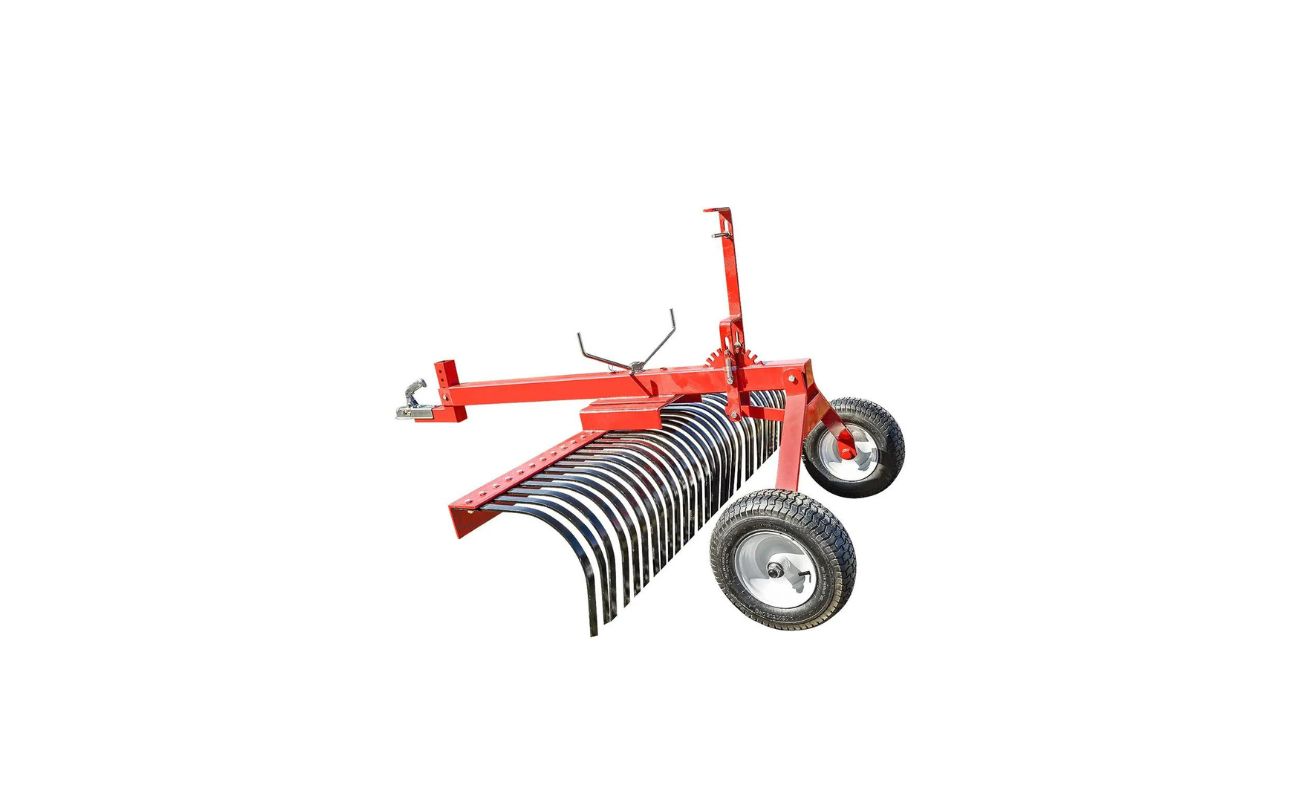
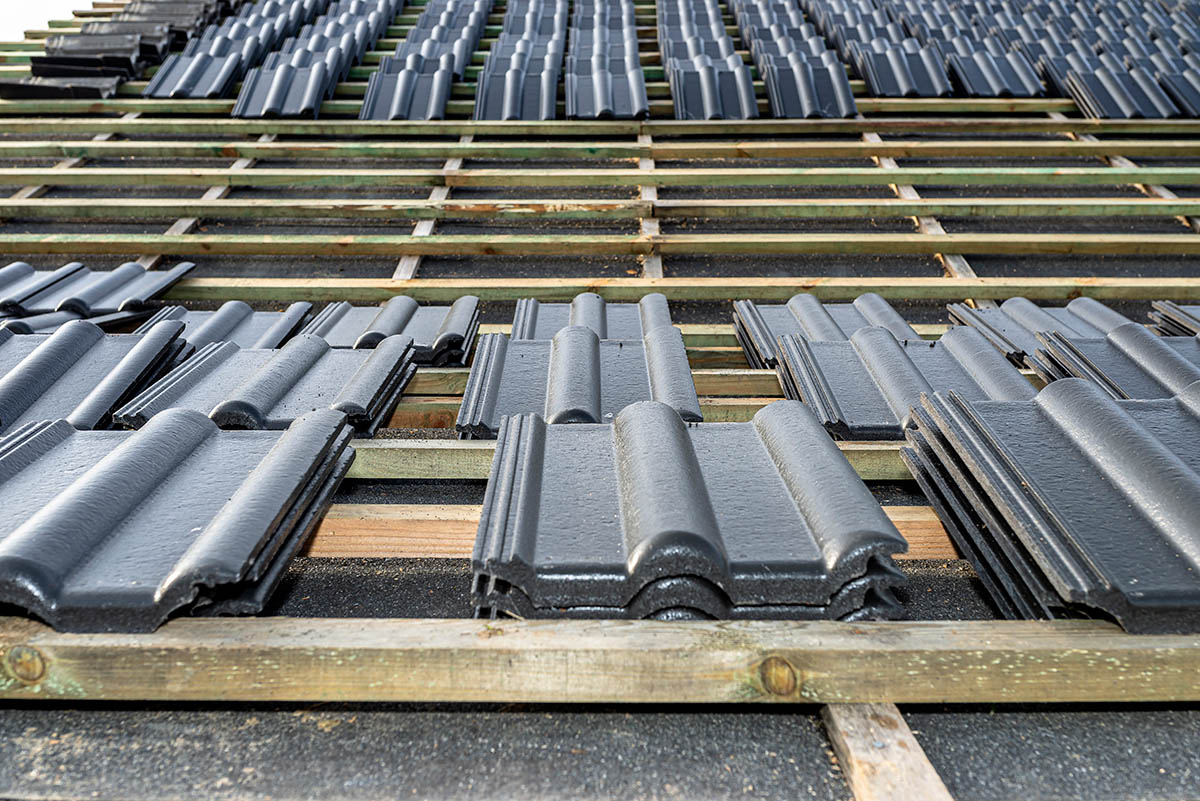
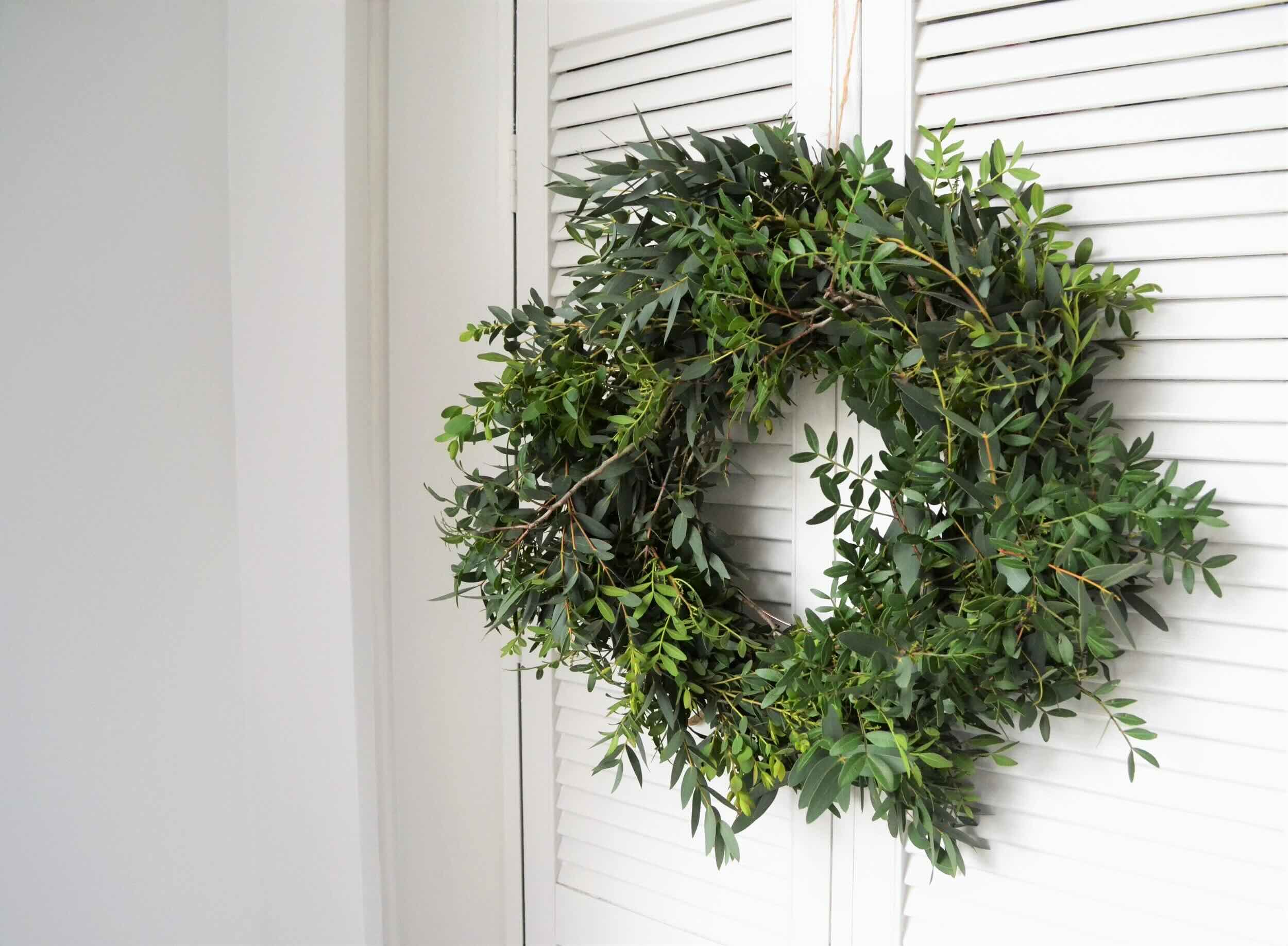
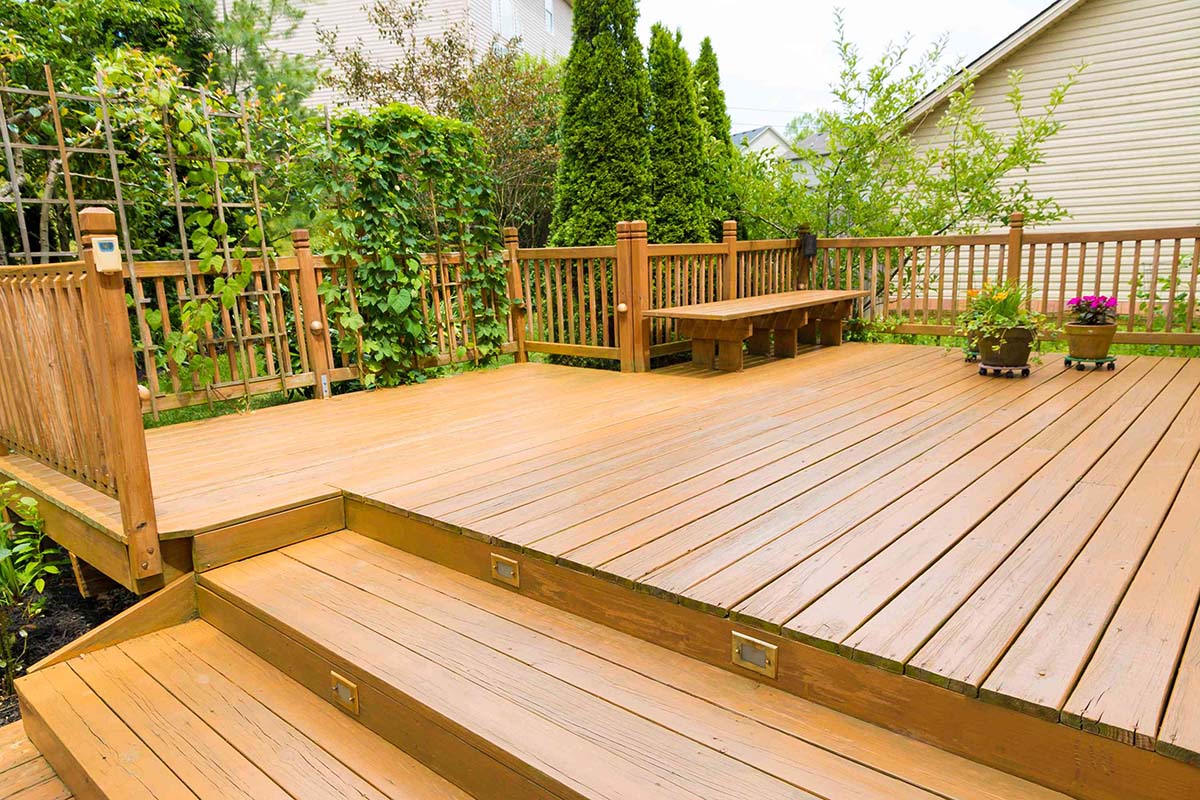
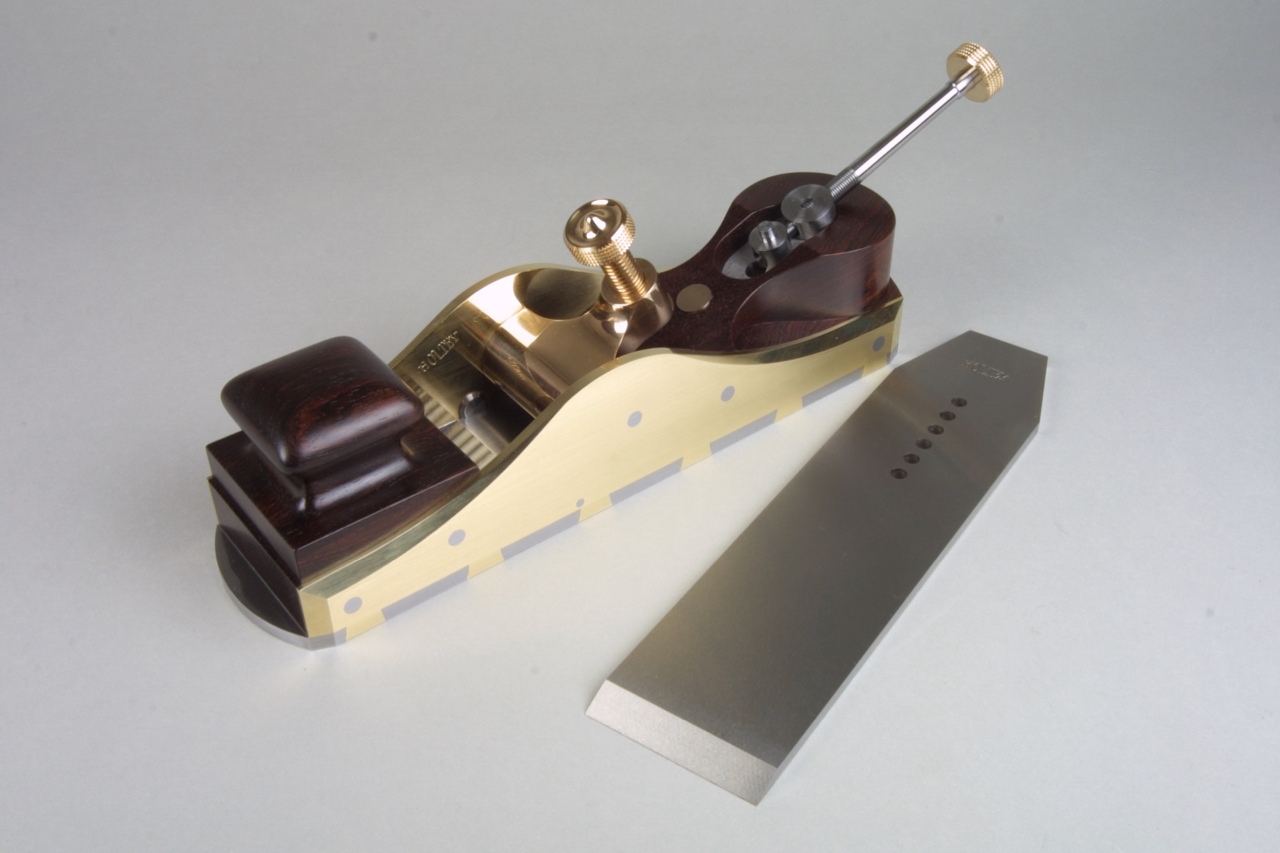
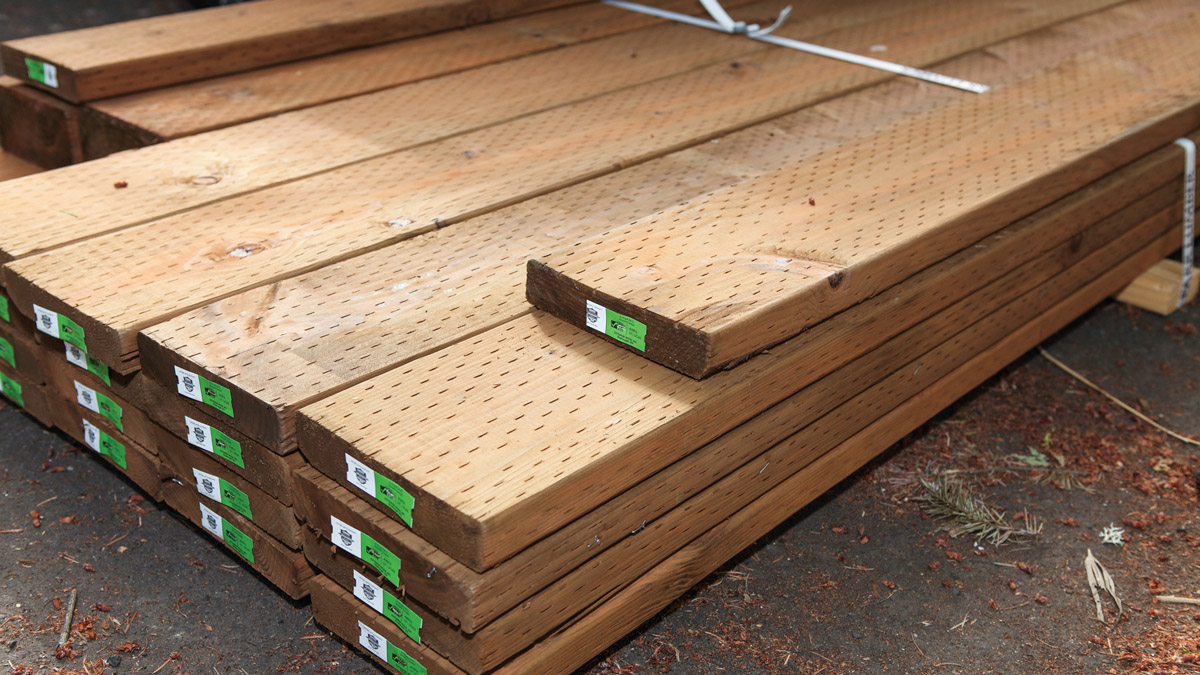
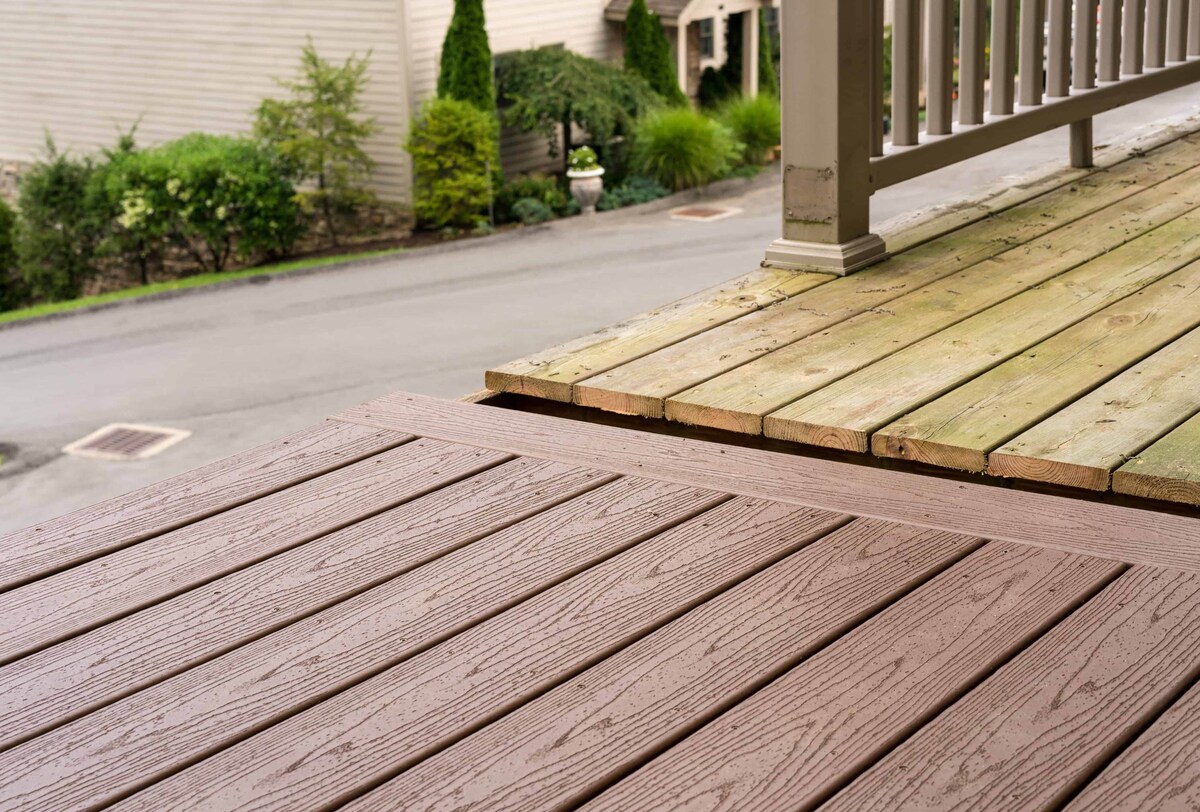
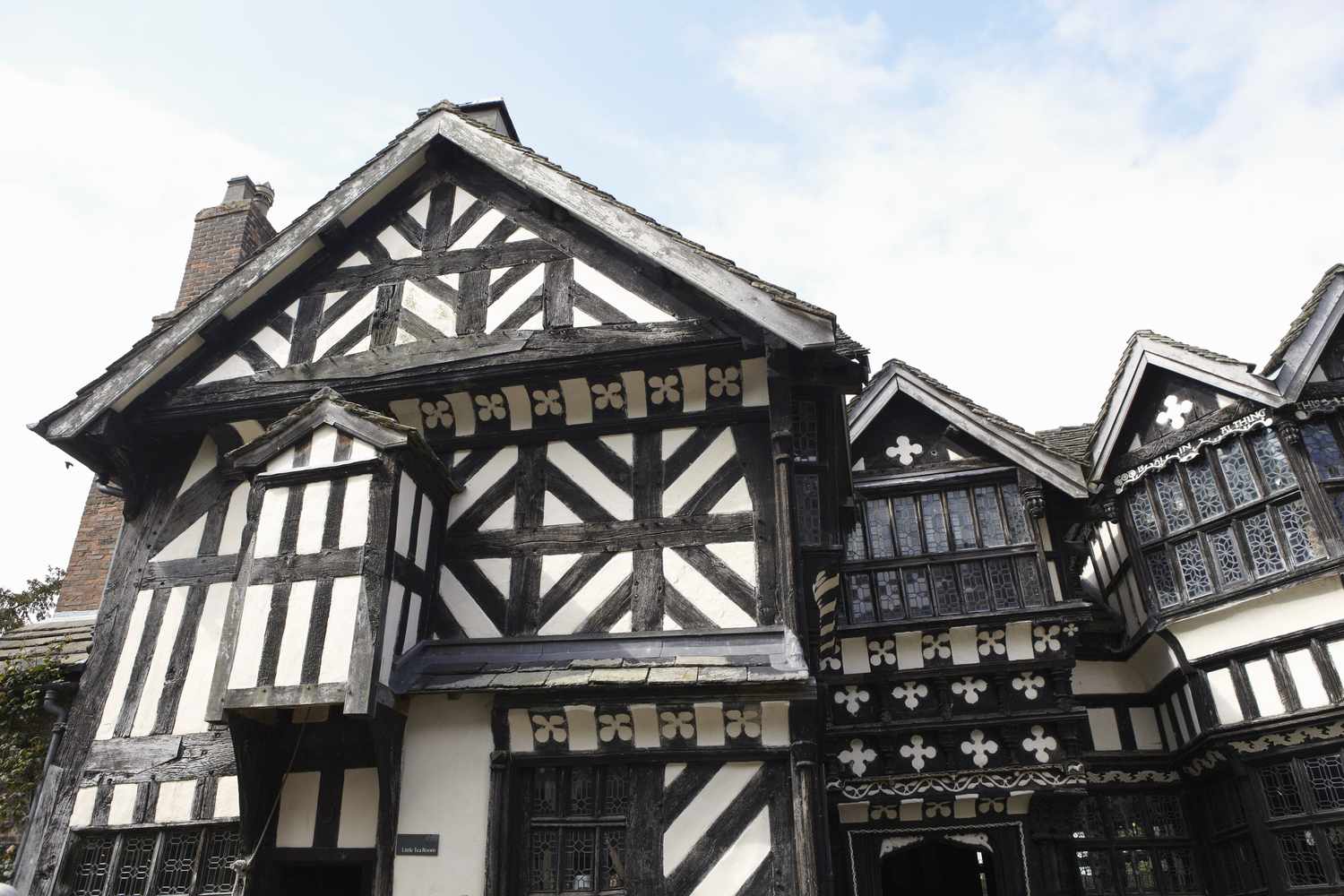
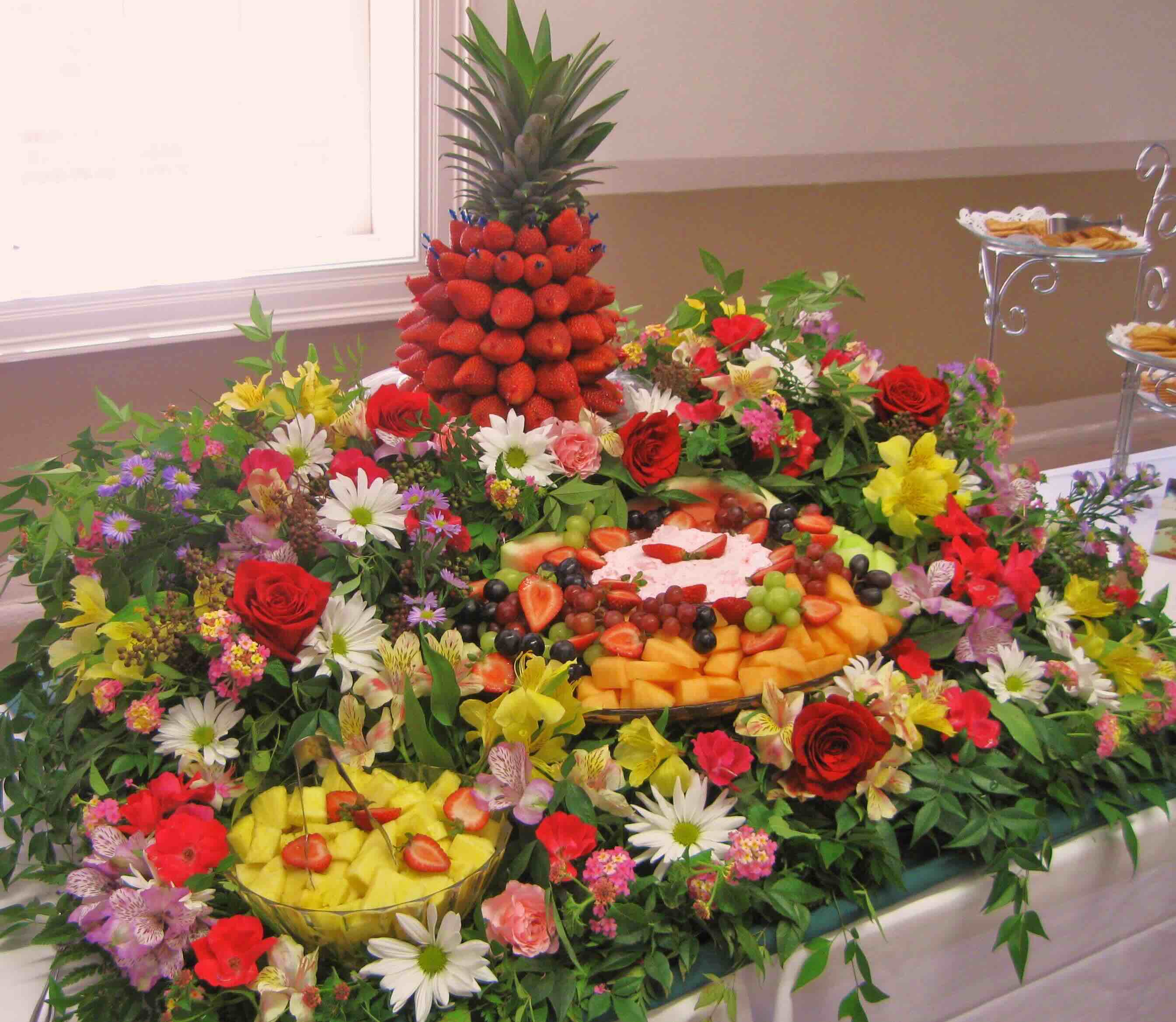
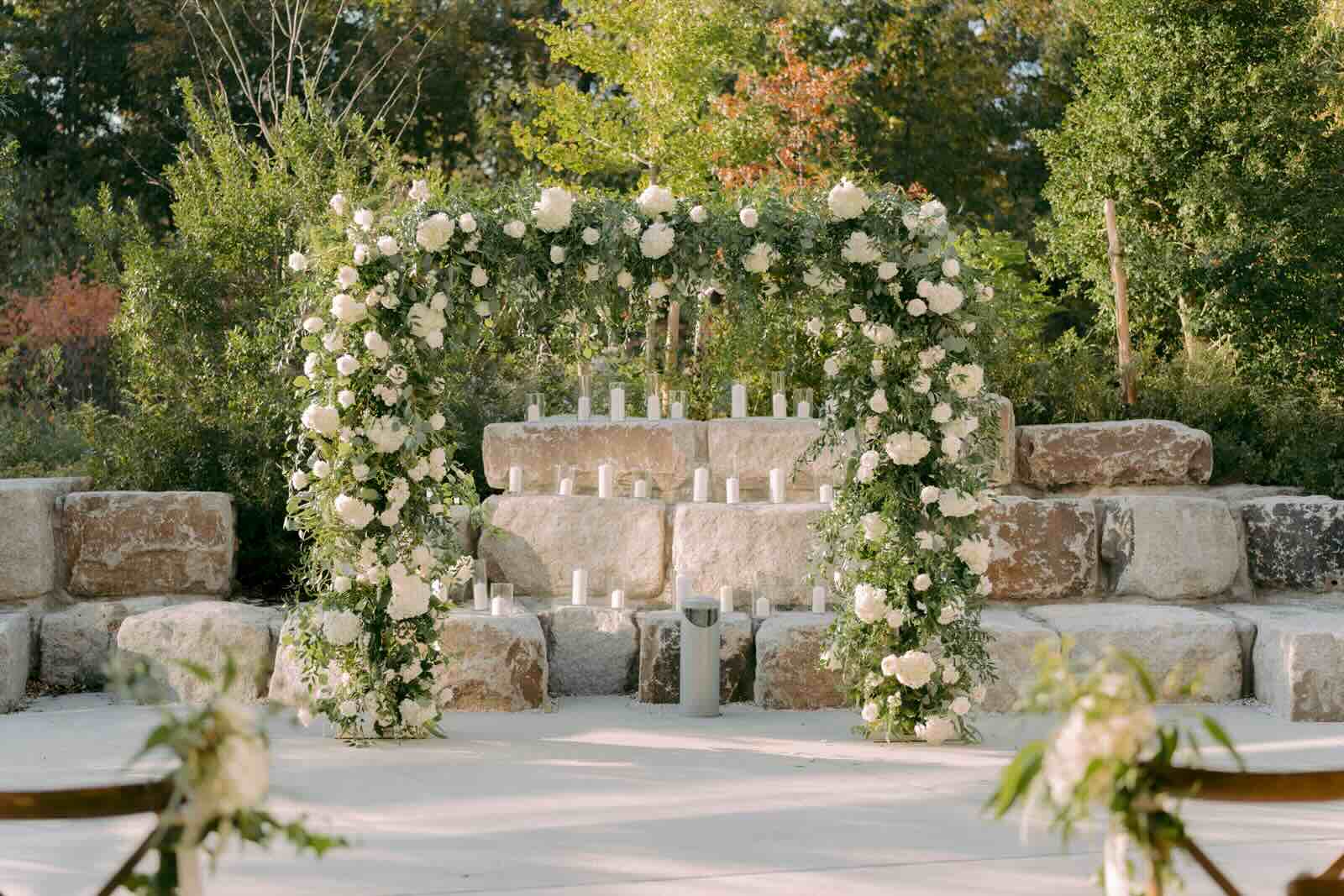
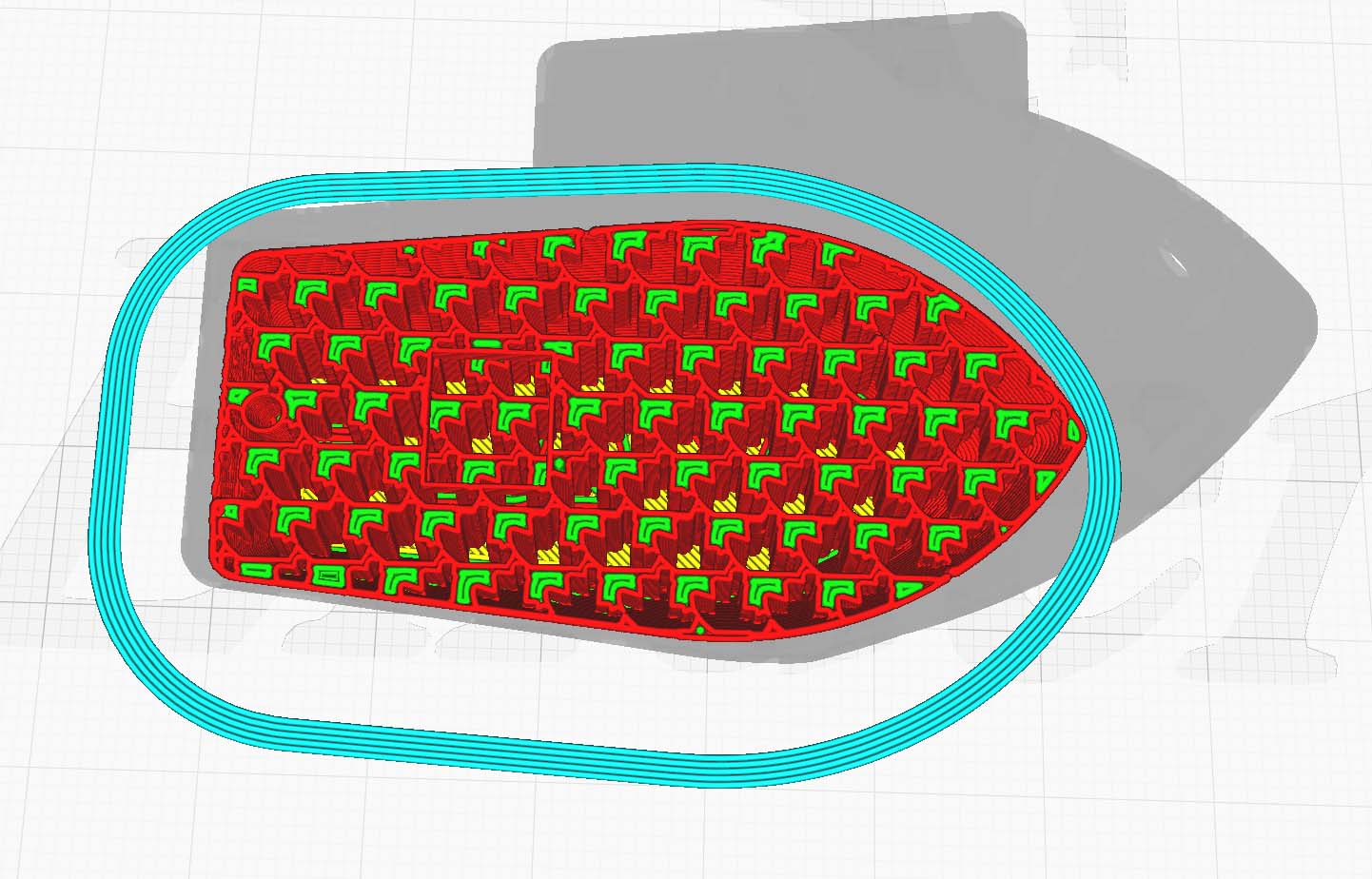
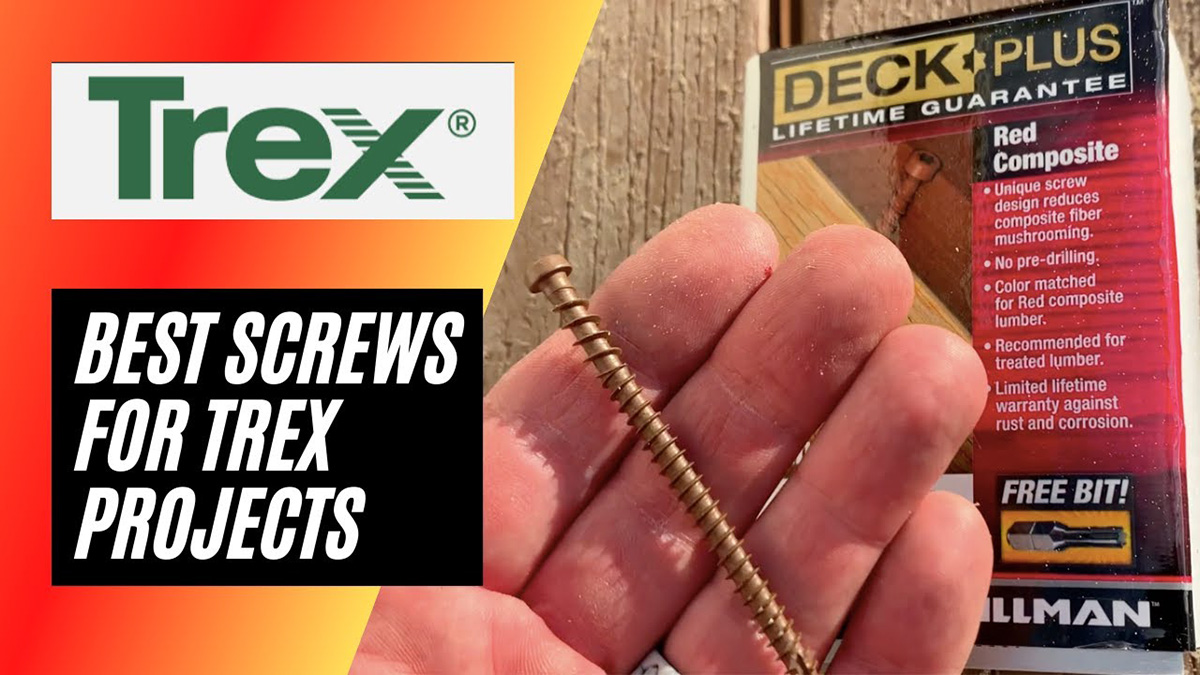
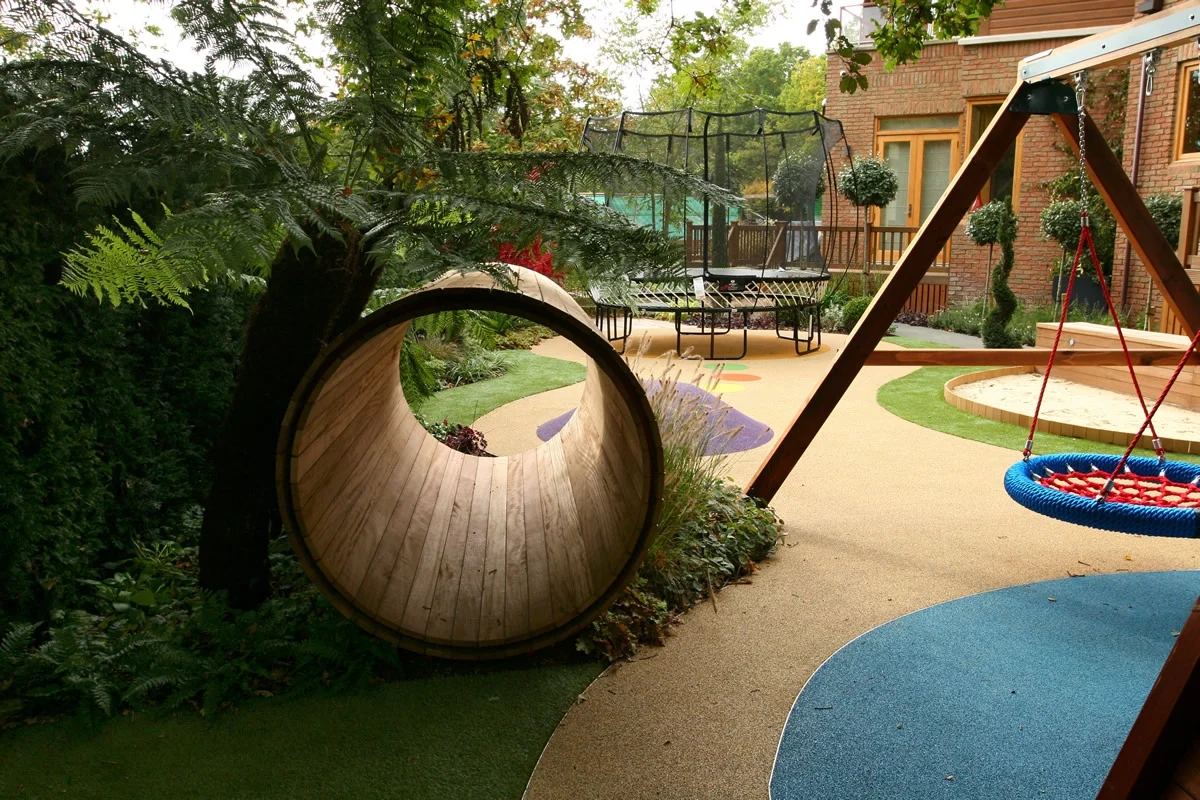
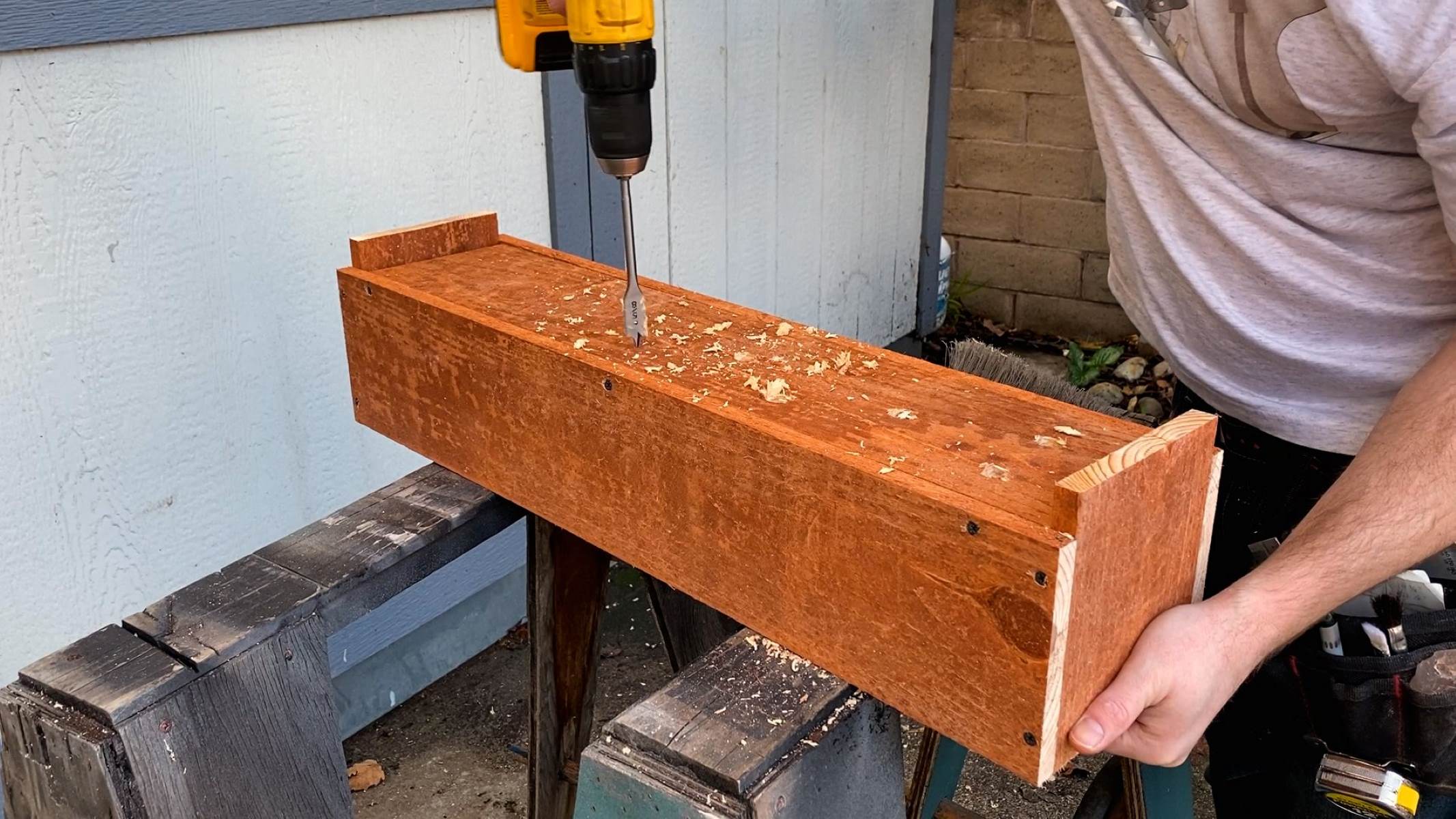

0 thoughts on “What Base To Use For Artificial Grass”